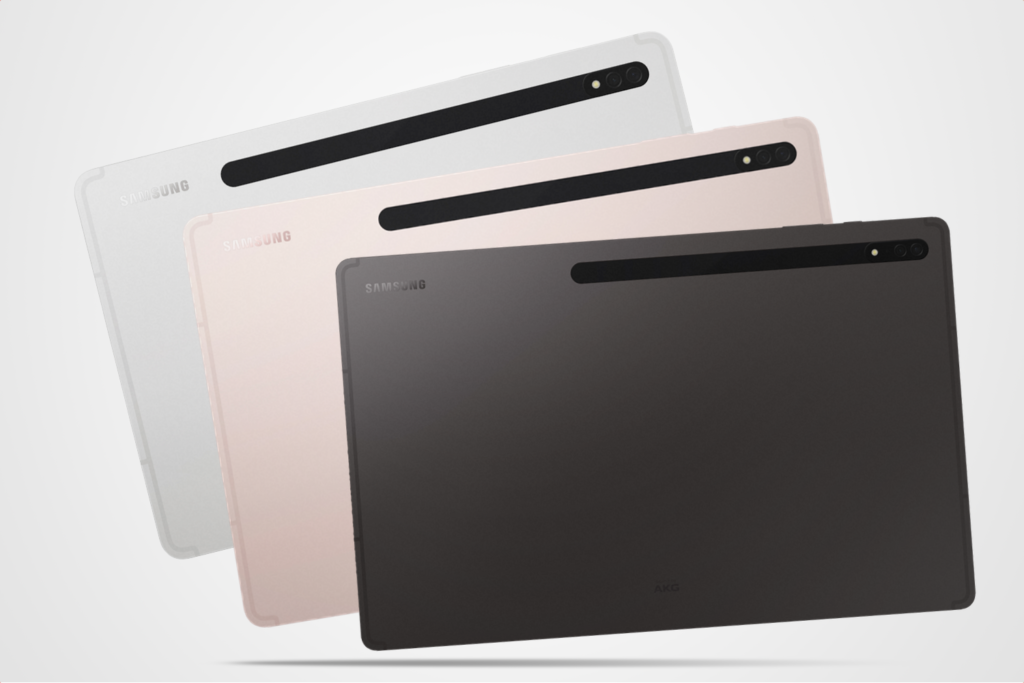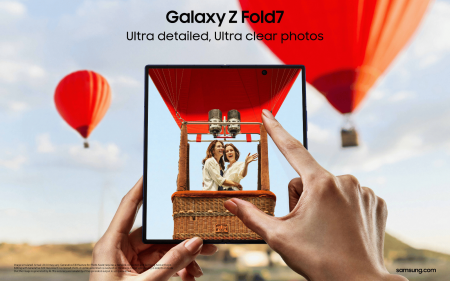Easily the most impressive thing about Samsung’s launch of its new high-end smartphones wasn’t a smartphone. The Galaxy S8 Tab Ultra is Samsung’s very clear attempt to take on Apple’s iPad Pro range.
These iPads are the ultimate conclusion of the media-consuming tablet that Steve Jobs unveiled a decade ago. They are powerful computers in their own right and have created a previously unknown product category. For the first few years, tablets were a companion device. But as mobile processors have become more powerful and computing has evolved towards a touchscreen as a primary interface, they have become full-fledged computers in their own right. Add a stylus (or Pencil, depending on which brand) and the iPad Pro or Microsoft’s brilliant Surface range are even that much more useful. Many artists and designers have adapted to this digital format of creativity, which the stylus has enabled. Styluses have been readily available as input devices, such as the clever Bamboo stylus and pad combination used by designers. The transition to a tablet and stylus is the closest to paper and pen we’ve achieved – and it’s pretty technologically impressive.
For lawyers (or anyone who marks up a document with comments) they have been a wonderful device. Instead of printing out reams of documents that are marked up with a red pen (lawyers are just as fond of paper as journalists) and which then need to be captured, a lawyer can make notes with the Apple Pencil directly in the Word document. The same is true for (middle-class) school children, where the tablet has very quickly replaced books for both reading and writing. I know several CEOs of major, listed firms that only use an iPad as their default computer.
The S8 Ultra is a like-for-like competitor for the iPad Pro range, albeit running Android. Like the Apple device, which acts as a secondary monitor for a MacBook laptop, Samsung has enabled the S8 to work the same with Windows laptops. Although the artistic community tends to use Apple, the corporate world lives in Windows and this additional functionality is a work-enabler that the enterprise customers are just about to discover. Two monitors are always better than one.
Samsung has been adept at adapting to changing user demand, if not creating it itself. Its second-generation Galaxy S2 smartphone launched in 2011 with a 4.3-inch screen was the beginning of the larger-screened handsets that Apple initially pooh-poohed and then wholeheartedly embraced. Launched the same year, the first of its Note devices was a cross between a phone and tablet, hence phablet. Then it had a “huge” 5.3in screen and effectively created the larger-than-usual market.
This year Samsung’s incorporated this market-creating phablet into the premium Ultra model of the annual Galaxy S launch. It now also integrates the useful S Pen directly into S22 Ultra’s body, just like the Note. It’s a clever stratagem as the Note has a faithful following, especially in creative circles.
The S22 (6.1in screen), S22+ (6.6in) and big-daddy Ultra (6.8in). They all have impressive features and cameras, with the Ultra really pushing the envelope. Again.
It has a whopping 108MP wide-angle lens, a 12MP ultra-wide, 10MP telephoto (3x optical zoom) and another 10MP telephoto (10x optical zoom). It has a 100 times zoom and a 40MP selfie camera. All have the much faster 120Hz refresh rate favoured by gamers but which we ordinary users are grateful for.
Meanwhile, Samsung’s other big category launch is now its impressive Fold and Flip ranges. Most mobile manufacturers have two product launches a year, the first in February to coincide with the annual MWC Barcelona mobile conference and the other later in the year – often around Apple’s big September iPhone announcements and in time for Christmas.
The Tab S8 range similarly comes in three models, 11in S8, 12.4in S8 Plus and the Ultra’s 14.6in. Paired with a keyboard and stylus, it’s as powerful a device as an iPad Pro or Microsoft’s awesome Surface Pro7. Its key difference from other Android tablets is that it runs Samsung’s own Knox security software.
The S8 Ultra synced perfectly with a Windows-running Samsung laptop at its launch last week, allowing you to use the computer’s keyboard and mouse to control apps on the tablet. It was very slick. As you would expect for a R30,000 tablet – which is what you’d pay for any high-end device of this kind. Add about R8,000 for the compatible keyboard (with the trackpad) and stylus and, you’ve easily spent more than the comparable high-end laptop (about R30,000). This is the premium market after all.
For Samsung, this latest shift in its hardware strategy makes it a more significant player in the tablet market (where it is already second to Apple) as it moves its engineering excellence and product design nous into this product category. It’s going to make it more contested, and therefore more interesting, for the next few years – which is always a good thing for consumers.




